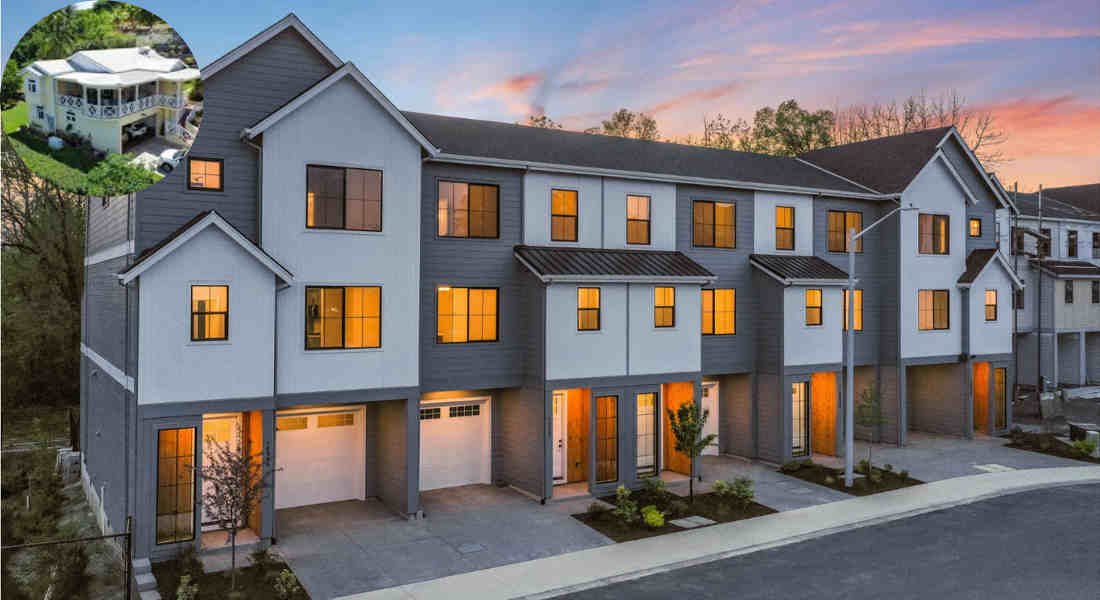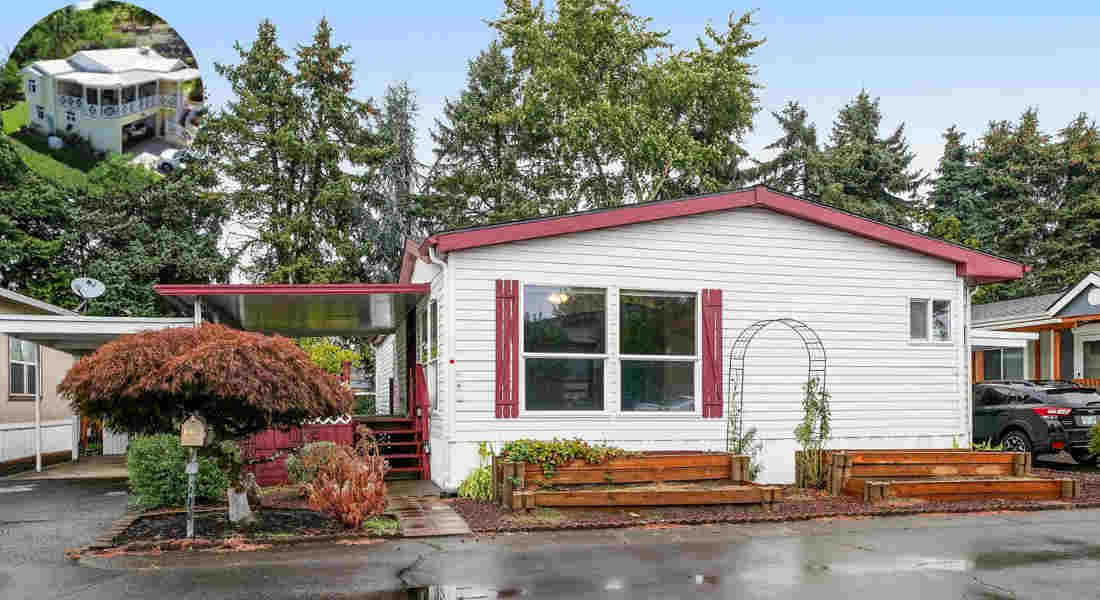Home is where we feel the safest. However, for individuals with disabilities, seniors, or those recovering from injuries, a home may require certain changes—often called home modifications—to ensure accessibility and safety. From installing ramps to widening doorways or adding stairlifts, these modifications can make a significant difference.
What Are Home Modifications?
Home modifications refer to changes made to a residence to improve its accessibility, safety, or functionality, particularly for individuals with mobility challenges, disabilities, or aging-related needs. These changes can range from small adjustments to major renovations.
Common Examples of Home Modifications:
- Ramps: Replace stairs for wheelchair or walker access.
- Widened Doorways: Provide easier access for wheelchairs.
- Stairlifts or Elevators: Help individuals move between floors.
- Bathroom Adaptations: Install grab bars, walk-in tubs, or roll-in showers.
- Lowered Counters or Cabinets: Allow individuals in wheelchairs to access kitchen areas more comfortably.
Why Are Home Modifications Important?
- Improved Accessibility: They remove physical barriers, making daily tasks easier for individuals with disabilities.
- Safety: Reduce risks of falls or injuries, particularly for older adults.
- Independence: Allow individuals to age in place or recover at home rather than relocating to assisted living facilities.
- Quality of Life: Create a comfortable, functional living environment tailored to individual needs.
Types of Insurance Relevant to Home Modifications
Understanding which types of insurance might help cover home modifications is essential. While policies vary, here are the most common insurance types that may play a role.
Homeowners Insurance
This policy is designed to protect your home and belongings from specific risks like fires, theft, or natural disasters. However, coverage for modifications is often limited to protecting existing changes rather than funding new installations.
Health Insurance
Health insurance, including Medicare or Medicare Advantage, may cover certain medically necessary modifications. However, coverage is limited and often requires strict eligibility criteria.
Specialized Insurance Policies
- Builder’s Risk Insurance: Protects against damages during the construction of modifications.
- Personal Liability Insurance: Covers injuries related to modifications.
- Umbrella Insurance Policies: Provide additional liability protection beyond primary policies.
Understanding the nuances of these insurance options can help homeowners better manage the costs and risks associated with modifications.
Does Homeowners Insurance Cover Home Modifications?
One of the most common questions is whether homeowners’ insurance can help with the costs of home modifications. The answer depends on the purpose of the modification and the specifics of the policy.
Typical Coverage Scope
Homeowners insurance does not cover the initial cost of installing modifications. However, it may provide Protection for:
- Damage to existing modifications caused by covered risks like fire, theft, vandalism, or severe weather.
- Liability protection is available if someone is injured due to a modification, like a ramp or stairlift.
What Is Not Covered?
- Costs of installation or planned renovations.
- Poor artistry or issues arising from improper installation.
- Modifications for personal preference rather than necessity.
Relevant Coverage Types
- Dwelling Coverage: Protects the structure of your home, including any permanent modifications.
- Personal Property Coverage: Covers specialized equipment or devices installed as part of modifications.
- Personal Liability Coverage: Protects against injuries related to the modifications.
How to Ensure Modifications Are Covered
- Inform Your Insurance Provider: Notify them about any changes made to your home.
- Increase Coverage Limits: Consider endorsements or riders for expensive modifications.
- Document Everything: Keep receipts, contracts, and photos for proof of value.
Tip: Always review your policy with an insurance agent to understand your coverage and make necessary adjustments.
Does Medicare or Health Insurance Cover Home Modifications?
Medicare’s Coverage for Home Modifications
Traditional Medicare (Parts A and B) generally does not cover home modifications. For example, it won’t pay for ramps, widened doorways, or stairlifts, as these are considered non-medical.
However, Medicare Advantage Plans (Part C), offered by private insurers, may include limited coverage for modifications as part of in-home support services. These benefits are plan-specific and often come with restrictions.
Health Insurance Limitations
Health insurance may cover modifications only if they are deemed medically necessary and prescribed by a healthcare provider. Even then, the scope of coverage can be limited.
Additional Insurance Options for Home Modifications
If traditional insurance policies don’t cover your needs, there are specialized options to consider:
Builder’s Risk Insurance
Covers damages during the construction phase of home modifications.
Dwelling Under Construction Endorsements
Adds temporary coverage for projects that leave parts of the home vulnerable.
Vacant Home Insurance
Protects your property if you need to vacate during extensive renovations.
Umbrella Insurance Policies
Provides additional liability coverage, ensuring Protection against lawsuits or large claims.
Insurance TypePurposeKey Benefits
Builder’s Risk Insurance covers construction-related risks and protection during renovations.
Dwelling Under Construction: Temporary coverage for ongoing projects. Ensures coverage for vulnerable areas.
Vacant Home Insurance protects unoccupied homes and safeguards against theft or vandalism.
Umbrella Insurance extends liability coverage, Additional Protection for large claims.
How to Prepare Your Insurance for Home Modifications
Before starting any home modification project, it’s important to prepare your insurance to avoid surprises.
Steps to Take:
- Notify Your Insurer: Inform them about planned renovations to ensure continued coverage.
- Review Current Coverage: Assess whether your coverage limits are sufficient for the value of modifications.
- Document Modifications: Take photos and keep receipts to prove the value of your upgrades.
- Request Endorsements: Add riders or endorsements for improved coverage.
Good communication with your insurer can prevent claim denial and ensure your modifications are protected.
Common Misconceptions About Insurance and Home Modifications
Let’s debunk some myths that often confuse homeowners:
- Myth #1: All home modifications are covered under homeowners insurance.
- Fact: Only damages to pre-existing modifications are usually covered. Installation costs are not.
- Myth #2: Medicare will cover all accessibility needs.
- Fact: Medicare rarely covers home modifications, except in limited circumstances under Medicare Advantage.
- Myth #3: No need to update insurance after modifications.
- Fact: Failing to update your policy can result in insufficient coverage.
Funding Alternatives When Insurance Does Not Cover Modifications
If insurance falls short, there are other ways to fund your home modifications:
Grants and Loans
- Government Programs: These include HUD grants and VA benefits for veterans.
- Nonprofit Organizations: Many provide financial aid for accessibility modifications.
Local Funding Programs
- State and local governments often offer assistance programs for aging adults and disabled individuals.
Charitable Assistance
- Organizations like Rebuilding Together or Habitat for Humanity help with accessibility projects.
Personal Financing
- Consider low-interest loans or tapping into home equity to fund necessary modifications.
You may also read (home depot offer wood cutting).

